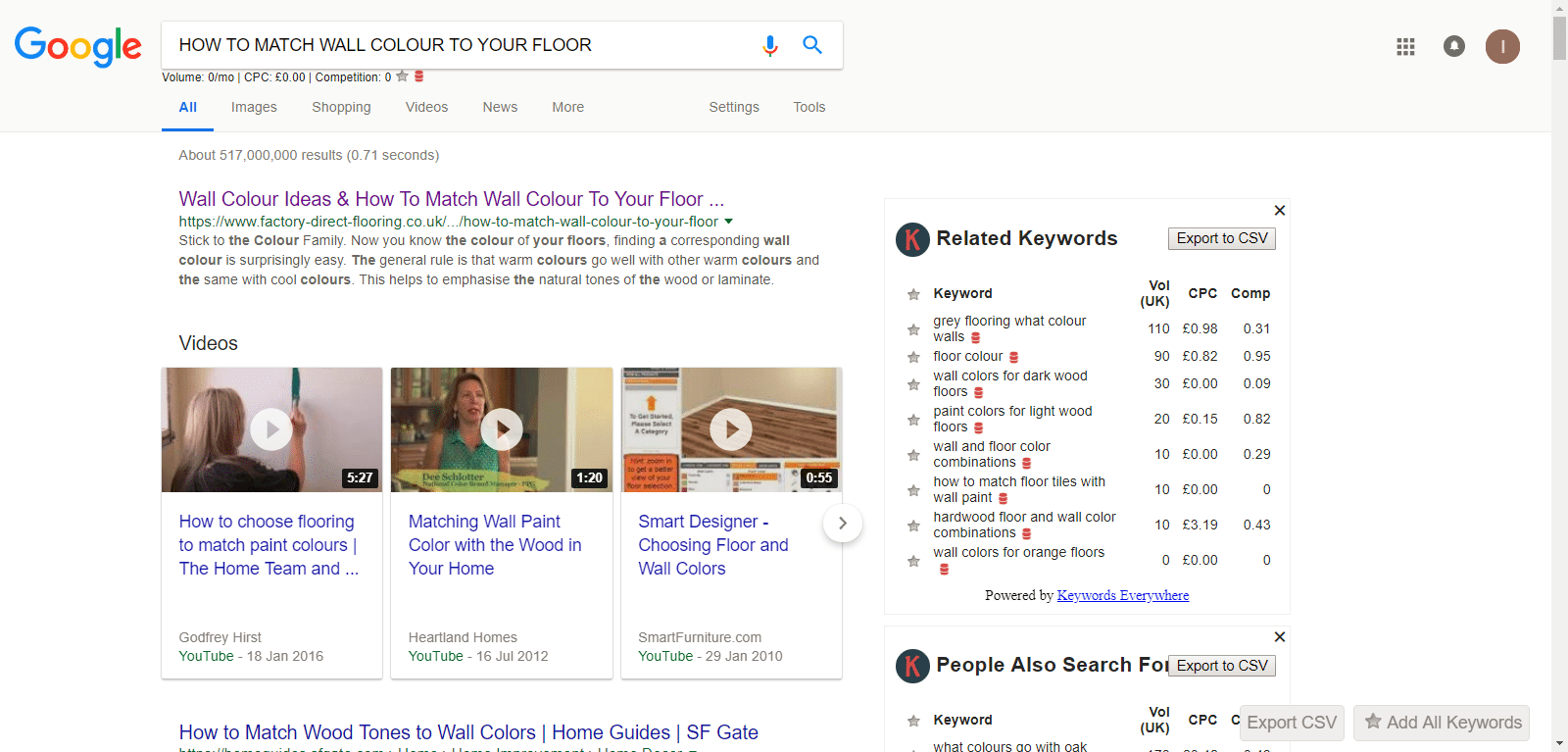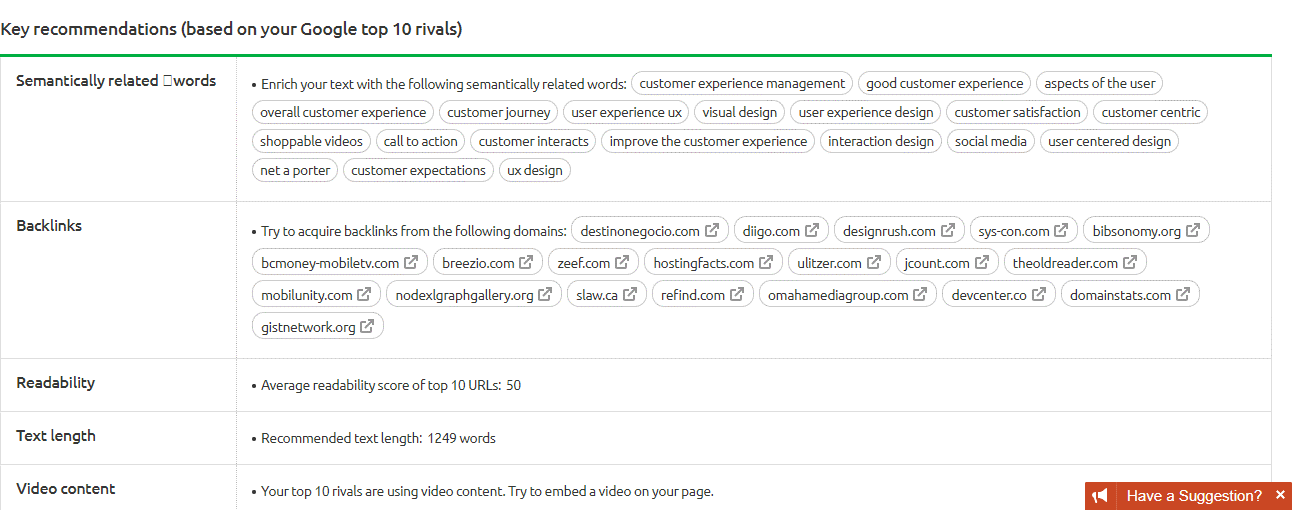Definition of shoppable, in English:
Shoppable, an Adjective:
“Denoting or relating to a piece of online content featuring products that are available for immediate purchase via links within the content itself.” (The Oxford English Dictionary)
Shoppable content at is a hot topic among sites that want to increase revenue (AKA everyone).
And everyone wants to know how to get that Cold Hard Shoppable Content Cash.
A white paper by Zmags ran a survey garnering responses of companies like Williams-Sonoma, Desigual, New Balance, and QVC, ‘to find out exactly how retailers are defining, creating, and scaling their content’.
The survey’s respondents show only 9% have shoppable content – but 53% want shoppable content.
Meaning that there is likely opportunity to shine bright in your sector. Small supply = big demand.
If you’re already working on creating content and developing a strategy that is directed at strictly benefiting the reader, then you’re doing well. However, if you’re not supplementing this with shoppable resources then you’re missing the gravy train, big time.
Like ‘having no gravy ready for Christmas dinner’, missing the gravy train.
Well done, you’ve ruined Christmas.
What is shoppable content?
Shoppable content is part of a user’s experience with a brand as well as being a conversion point.
As Met Life’s Head of Customer Experience puts it, in an early 2018 interview:
‘Today, brands are actually collections of experiences. We’re not in an era where people remember logos or advertisements. We’re in an era where people remember that Warby Parker has these beautifully designed stores, and you can buy online and they have killer customer service.’
So, it makes sense that you shift your mindset on shoppable away from quick cash grabs and instead see it as the opportunity to create (part of) the online version of a world-class brick and mortar store. And at a fraction of the investment.
The fundamental philosophy here is to put the customers’ wants and needs as the top priority.
Of course, it’s still important to know how to provide conversion points that pose genuine benefits to the user. Because, you know… Cold Hard Shoppable Content Cash.
Read more: The Evolution of Shoppable Content Ebook
How to make shoppable valuable
I’m going to give you one example of a stellar shoppable content campaign that we produced for a client focusing on consideration content.
All campaigns require different approaches. There’s no correct way of doing shoppable, just correct guidelines.
I’m sure I could use a certain wet Bruce Lee quote to perfectly express my point, but you’ve probably already heard it.
So, I’m opting for a GIF from none other than Captain Barbosa of the commercial Hollywood blockbuster Pirates of the Caribbean franchise.
Conversion focused consideration content
Since 2005, Factory Direct Flooring have provided flooring solutions to a mostly online audience. They came to us with one outstanding issue – a significant drop in organic traffic and visibility leading to declining year-on-year performance.
‘The results we’ve achieved from Salience’s content marketing efforts have exceeded my expectations. We knew content marketing was a viable route to ROI in general but were unsure if it would apply to flooring. Thankfully, the results were well beyond viable, and I’m excited to continue growing Factory Direct Flooring with content.‘
Paul Hambidge, Factory Direct Flooring
Their site was struggling with traffic overall, but they had one gem of a post that was raking in the views. We ran with this, amplified it and created an advice centre to answer questions and increase sales.
We created this content to be in relation to the typical site user. People on the site are pretty much already bought into the idea of buying some sort of flooring. They’re looking for advice and want to weigh up their options before making a purchase.
These are people considering a purchase. So, it makes sense to create consideration-based content for your site, advice centre or blog.
Step 1: User considerations
I.e. what are your potential users at a loss of information about? What questions would they ask a sales person?
You need to garner solutions to these questions. The solutions will serve as content titles.
A well-utilised tool in our industry for this is answerthepublic.com; it’ll help you find well-searched questions and prepositions related to an inputted keyword.
Go on, have some fun and see what people are asking in your industry.
Step 2: Knowing the solution
This step is the simplest but the most difficult to pull off. If your product knowledge isn’t on point, it simply wont work.
In short you need to give a quality solution to your customers question.
For your benefit, I’m going to break down a simple structure that can be used for this.
- Know your product
- THE END
Get it? If you don’t know the answer, find it! Only then can you hope to provide proper solutions to your potential customers.
Step 3: Structuring the post
With all types of content, there is a general format to follow that’s best for readability and search engine friendliness.
You want your main header (H1) to be the most searched for solution. What I mean by this is use monthly search volume tools like Google’s Keyword Planner to find the highest searched word variation that fits your answer.
This H1 is going to match your page title which is what creates your forward-facing search results (what people will see on google).

Within the content, you want to briefly describe the solution ASAP. This lets the reader quickly know they’re on the right tracks to answering their question and encourages them to read on.
Then you can get into thorough explanations in the post.
Step 3.5: Post Content
This is arguably the most important part of your shoppable content… making it high quality!
This is what ultimately creates a good customer experience and brings value back to them.
Reflect on your title; it’s the reason the user is there in the first place. Throughout the article consider what keywords can be used to improve ranking signals to Google. It’s crucial for Google to see that the on-page content related to page titles and H1’s. Google’s ranking signals place great value on user experience.
A tool we use is SEM Rush’s Content Planner. Its pretty simple to use and gives a great overview of what you need to include to make your article great. You just input your focus keywords and it outputs some semantically related keywords that you can litter throughout your piece.
Furthermore, it gives information on the top-ranking sites for those keywords and analyses what’s going on, helping you understand how others are ranking in positions 1-10 in google.
Additionally, it gives information on backlinks & word count, providing recommendations of sites that you’d most benefit gaining a link from. You can also get a good understanding of the optimum length of your post as the tool analyses similar posts which are already ranking highly.
The tool that keeps on giving also highlights some other metrics, but I personally like to focus on the ones I’ve mentioned. I even used it to help write this very piece.

Step 4: Making it shoppable
I’ll refer to the definition used at the start, you must learn this well:
‘Denoting or relating to a piece of online content featuring products that are available for immediate purchase via links within the content itself.’
So, we’re going to be linking products where relevant to the solution.
In the context of Factory Direct Flooring, our content marketing executive, Gemma Curtis says:
‘Make your shoppable content relevant to the post itself, otherwise, it’ll look misplaced and spammy, ruining rather than enhancing your customer’s experience.
If you’re writing about which types of wooden floor are best for a bathroom, include links to bathroom flooring. It sounds ridiculously obvious, but this is the kind of basic stuff you need to get right.
If you don’t have products that are relevant to your post, don’t use them.’
This explicitly does not mean selling to the reader or trying to strong-arm them into clicking through to a conversion.
In our piece for FDF, we broke down the benefits of each type of laminate flooring product. All while helpfully linking to category pages where the user can browse products of that nature.
And, of course, users can easily go on to purchase, earning FDF that…. Cold Hard Shoppable Content Cash.
Download: 7 Point Checklist To Set Up Your Shoppable Content Platform Ebook
How not to do it
An example I’ve seen first hand of how not to do shoppable was from a recruitment agency at which I once interned. The article went along the lines of ‘It’s very hard to find great staff, it’s, like, really hard!’
‘If you think it’s hard as well, enquire about our services here.’
Exactly like that.
Don’t be lazy in your approach.
The writer ultimately has not focused on providing a positive user experience or considered content that appeals to aspects of the user, targeted to provide customer satisfaction & delight.
If shoppable is done right, it can be a long-standing piece on your site that consistently generates both revenue & inbound traffic.
We’re looking to help our users, we do this by offering solutions to problems. Like any great product or service.
Step 5: Product linking & design
Now, this part requires a little finesse. Aim to have the best visual design your resources can account for.
What’s the best design? The one that is user-centric and improves the customer experience.
There needs to be no clunky product linking. Content and product placement should tie together nicely.
If your budget is more forgiving, then you can go on to really amplify the design of the page and include enticing product imagery that links back to product and category pages.
One of the best to do this, in my opinion, is made.com with their Inspiration section.
This article on Layering your bed in a lived-in way is stellar to say the least.
Their product imagery is on point. Their solution is clear and original. And products used in examples are clearly sign-posted with imagery linking directly to the product page.
If you’re not yet sold on the value of shoppable to you and your user, I invite you to read through our case study of our Factory Direct Flooring campaign. The results speak volumes.
